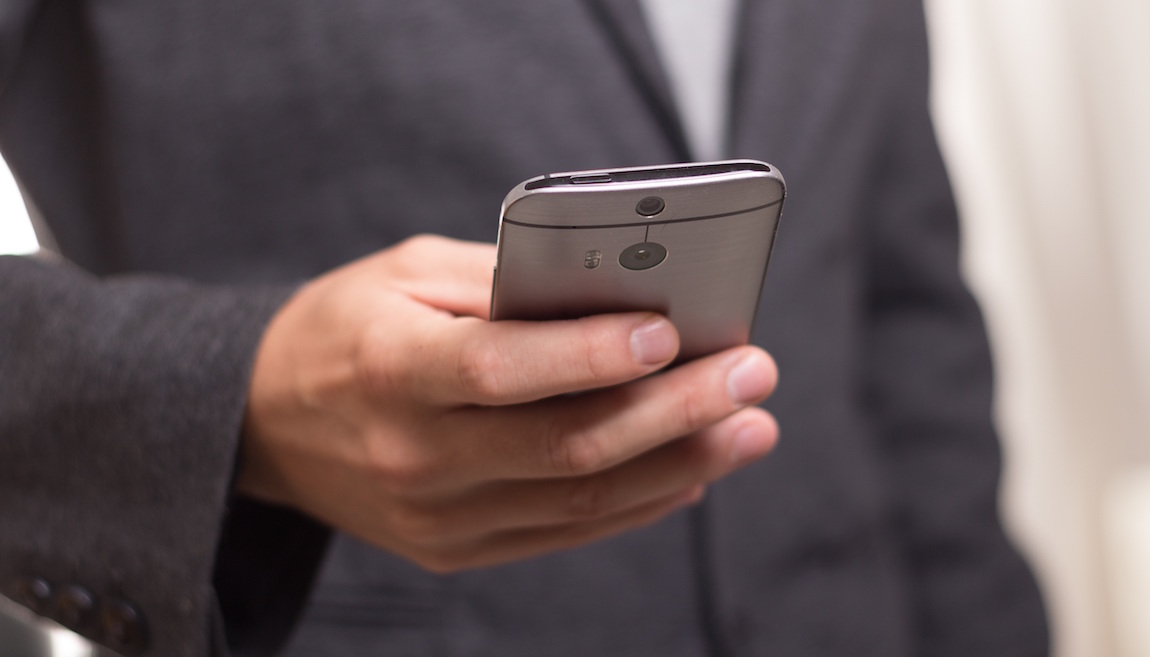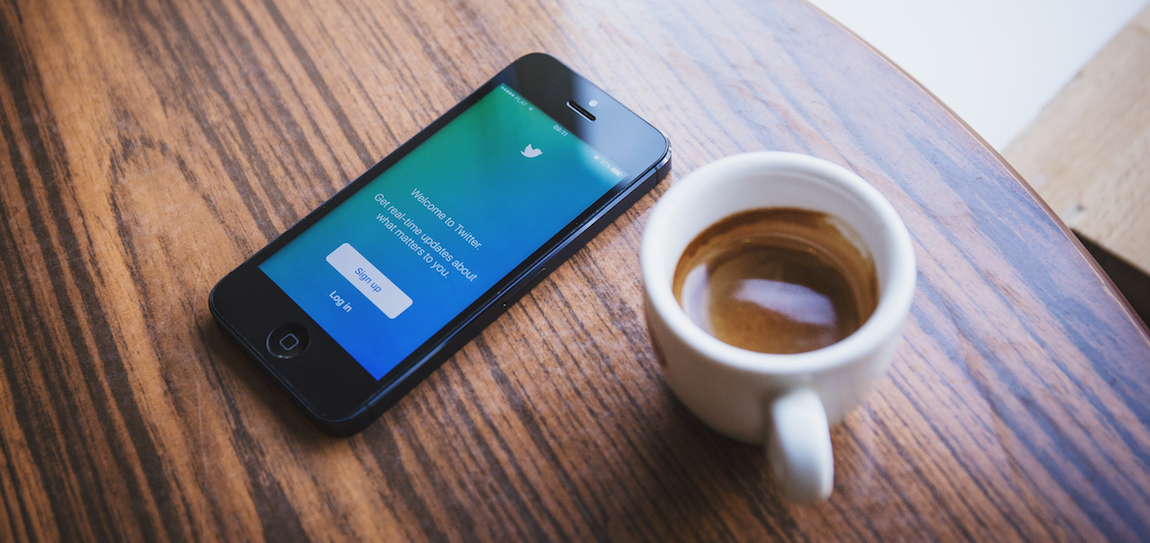by MGB2B

The Myth: Millennials Aren’t Making B2B Decisions
The Truth: Millennials Are Changing the Face of B2B Marketing Altogether
Over the last few years, the demographic for B2B buyers has dramatically shifted. More than half of today’s B2B buyers — employees assigned to find product providers — are labeled as millennials. This is a huge increase from 2012, when millennial buyers made up only 27% of the B2B buyer job category.
The question isn’t: Do millennials make B2B decisions? It’s how has this giant shift affected B2B marketing?
This dramatic shift in such a small period of time means that successful B2B marketers must understand what makes millennials tick. As you’re probably already aware, millennials are less likely to respond to many of the marketing tactics that worked on Baby Boomers, or even Gen X. Millennials have never known a world without the Internet — they are digital natives. They complete the majority of their buying journey through their own research, rather than relying on sales reps. That means marketing content must always be relevant, easy to find, mobile-friendly, and engaging — but informative as well. The challenge with content marketing today is finding that perfect balance of engaging visual content, and informative decision-making content.
If you’re worried about sacrificing Gen X and Baby Boomer decision makers, don’t. They may respond a little differently from their younger counterparts, but they crave content just as much.
The Importance of Mobile for This Audience
Whatever content you create for this audience, one of the most important things to remember is to have mobile-friendly content. With 42% of B2B researchers using mobile as they make purchase decisions, you can’t afford to lose buyers during that process. That means your website, emails, white papers, blog posts — everything — need to be legible, well-designed, and easy to navigate on a mobile phone. This applies across generations of course, but is particularly true for millennials, who use their mobile phones for nearly every decision they make — whether at work or at home.
Not sure how to approach B2B marketing for this audience? Drop us a line.
Continue Reading
by MGB2B

The Myth: I don’t need Twitter because I’m already on LinkedIn.
The Truth: When used correctly, Twitter can be an amazing marketing tool for expanding your business.
Twitter and LinkedIn are easily two of the biggest social media platforms utilized by expanding businesses. However, some believe that LinkedIn is the only platform you need to make lasting connections with potential customers. They simply aren’t aware of the benefits of Twitter for B2B brands. The truth is, Twitter and LinkedIn have different pros and cons, and when you use both, they complement each other quite nicely.
According to the Content Marketing Institute’s report: 2016 B2B Content Marketing Trends, 55% of B2B brands found Twitter to be effective, while 66% found LinkedIn to be an effective social media platform. The difference in number may be rooted in the approach that businesses take on Twitter. Twitter is not a “set it and forget it” platform – it requires planning and attention. When you put the effort into it, Twitter opens you up to a whole new world of users that may not be available to you on LinkedIn at all.
Here Are the Benefits of Twitter for B2B Brands:
- You Can Post As Often As You Like. We don’t recommend that companies post content on LinkedIn more than twice a day, max. On Twitter, you can have several posts a day. In fact, it’s smart for your brand to do so. Especially with the accompanied use of hashtags to grab audiences searching for topics that are related to your business.
- It’s a Great Listening Tool. Twitter is the perfect spot to listen to both your customers and your competitors. The platform makes it very easy to make lists and categorize users (i.e. competitors, industry experts, prospective customers) that post content that is useful to you. You can more efficiently find out what’s going on in the industry, see what your competitors are doing right or wrong, and what your target audience values most – all in real time.
- You Can Use Twitter to Build Relationships. Use retweeting as a conversation starter. If you agree with something a prospect posted or have something to add, you can retweet their post, mention them with the “@” and use that retweet to talk to them about what matters to them (and you) most.
- Or to Fix and Solidify Relationships. Address the concerns of your followers on Twitter to show the world that you are willing to help them out as quickly as possible. This shows that you are interested in remaining completely transparent. Twitter also offers great tips for both addressing customers’ concerns and harnessing the power of their positive reviews on the platform.
- Lead Generation via Ads. While you may attract a few more bots than you would with a LinkedIn ad, Twitter ads can actually be very effective. That’s because you can use keywords to target ads based on relevant conversations people are having on Twitter. You can also use ads for event targeting to grab the attention of prospects when they are the most actively engaged on what’s going on in your industry.
For the most part, you can think of Twitter as bottom-floor networking. Once you get to know someone through Twitter, then you can take the relationship to the next level — LinkedIn. The trick is doing it in a way that is subtle, friendly, and engaging. Plan out your Twitter presence carefully, and it can be a very lucrative part of a full B2B campaign.
Continue Reading
by MGB2B

A trade show is a great opportunity to spread awareness of your product or service, network with others in your field, and make a name for your company within your industry. However, trade shows can also be tricky; you walk into a chaotic room packed with 1,000+ vendors touting their own products and services. How do you stand out?
Follow these tips from pre-show right through the end and you’ll be sure to make an impact.
Pre Trade Show
Tip #1. Get Creative With Your Booth Design. Stand out in the crowd with original booth messaging and design that aligns with your current campaign. This is also your chance to employ some humor in your booth’s messaging. If yo make it funny, make sure it’s also relevant to your product or industry.
Tip #2. Utilize Social Media. Share posts from the event sponsor’s social platforms and start networking with the attendees online before you’re even there. Join the trade show community and share your company voice. Need to work on social? Check out these tips to get your social media rolling.
At the Show
Tip #3. Swag Is Your Friend. Make sure visitors to your booth aren’t walking away empty handed. Don’t just provide a brochure or one-sheeter; give them something they’ll hang on to like a keychain, stress ball, or a thumb drive that’s clearly branded so they won’t forget where they got it.
Tip #4. Host a Contest Or a Giveaway. Engage your booth visitors! Give your sales team the opportunity to interact those who stop by by offering a valued giveaway item such as a free sample of your product or a free consultation. Bonus: if you do this right, it will be a great opportunity to gather contact information from interested attendees and send them right into your sales funnel.
Onsite Promotions
Tip #5. Place Ads in the Show Program Book. Expand your presence outside of the physical event space. Placements in the program book will let those planning their day at the trade show know where you are and will establish your company as a leader in the industry. If you have enough money in your budget, splurge for a little something extra on/in the publication like a belly band or a gatefold. You’ll stand miles apart from your competitors.
Post Trade Show
Tip #6. Enter New Contacts Into Your Database Immediately. It’s important to nurture the contacts you made at the trade show. Create a list of all the emails, business cards, and contacts you gathered and send out a follow-up email 2-4 weeks after the trade show with new insights and a hook encouraging them to do business with you.
Tip #7. Connect on LinkedIn. Similar to the previous tip, continue to grow those new contacts by connecting on LinkedIn with a personalized message referencing your shared trade show experience. Always continue networking after the event is over.
Tip #8. Blog about it. Not everyone got to go to the show, so share your experience. Talk about what you learned, who you met, and what your biggest takeaways from the show were. Establish yourself as an expert with the inside scoop as a starting point for social media conversation.
Trade shows are a lucrative source of new leads for your business. Don’t just set up a booth and hope they come to you, get proactive and turn your experience into a list of qualified leads and ultimately, new customers.
Continue Reading


